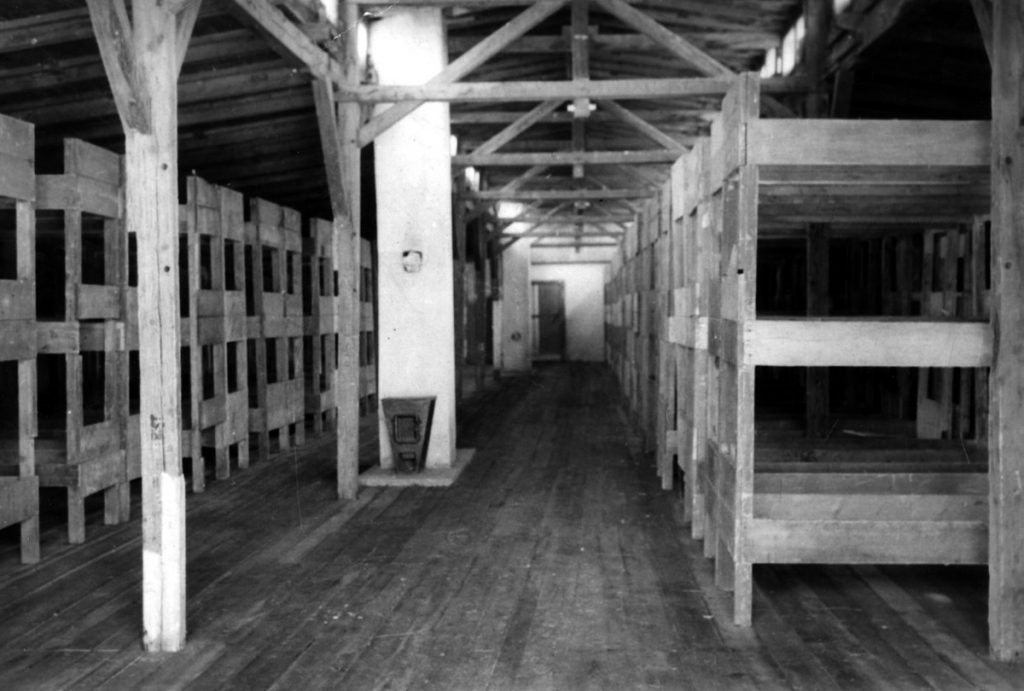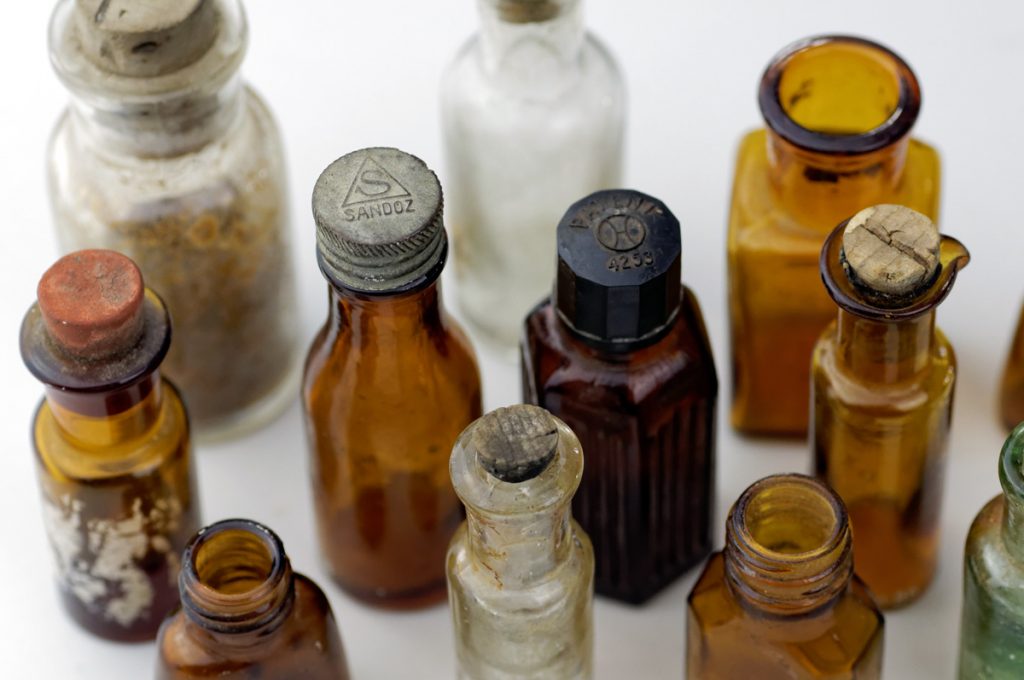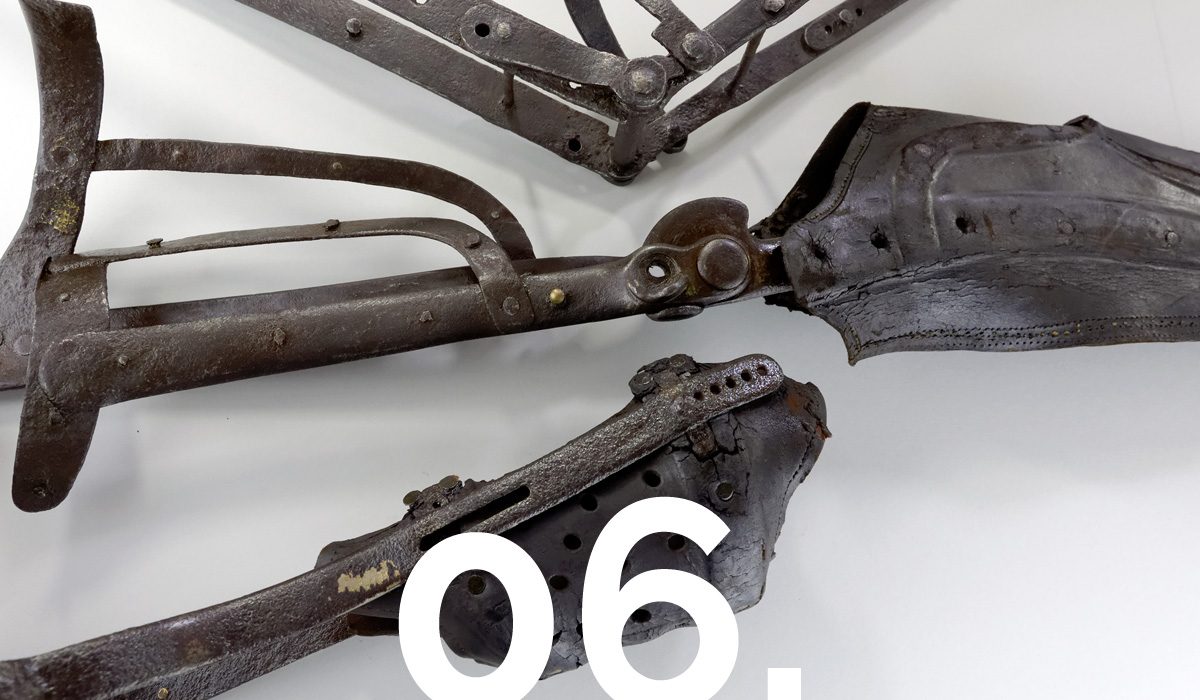Majdanek was considered to be one of the harshest camps. The wooden barracks provided little shelter from the cold and rain. Two small stoves placed in each one were not nearly enough to heat the large and draughty rooms in winter. Similarly, the living conditions of the patients hospitalized at the infirmary was catastrophic. The infirmary barracks were furnished with three-level plank beds, each with a paillasse and a single blanket.
Initially, the barracks had no sewage system. Every night, a wooden box would be carried into each barrack to serve as the latrine. Water was brought in from the well and when it froze up, prisoners had to melt snow and ice. The shortage of water made it impossible to maintain any sort of hygiene, in fact the prisoners were forbidden to own any cleaning or washing products. Camp hospitals lacked even the most basic equipment: plates, cups, bedpans. Although being admitted to the infirmary meant temporary release from the hard work and long hours of roll-calls, actually effective treatment of the patients was, under these circumstances, virtually impossible.
Among the many plaques that poisoned every day and night of prisoner life, one was particularly loathsome. It was the plague of lice, they infested us in such droves that caused not just itching but actual skin irritation, even wounds.
— Zacheusz Pawlak, MD
At some point we stop, they separate us from the men and then we are driven onward to the very end of the camp. They eventually lead us to a completely empty field. To the side, we see barracks engulfed in snow, deep snow in the middle. The SS men barely manage to open the doors of the first barrack – half of the windows are broken, same thing in the second, finally they make us go inside the third. Some windows are missing there too, its freezing. Three level plank beds with paillasses and blankets, a small, iron pot-bellied stove. […] We lie down but the cold keeps us awake. […] In the morning, the blankets are frozen solid to our clothes, it is hard to unwrap them. We go outside and look around. I can see some sewage pits dug behind the barracks, they are not sheltered from the snow and cold in any way.
— Stefania Perzanowska, MD

Inside barracks, PMM

Objects found at the former camp grounds, PMM
